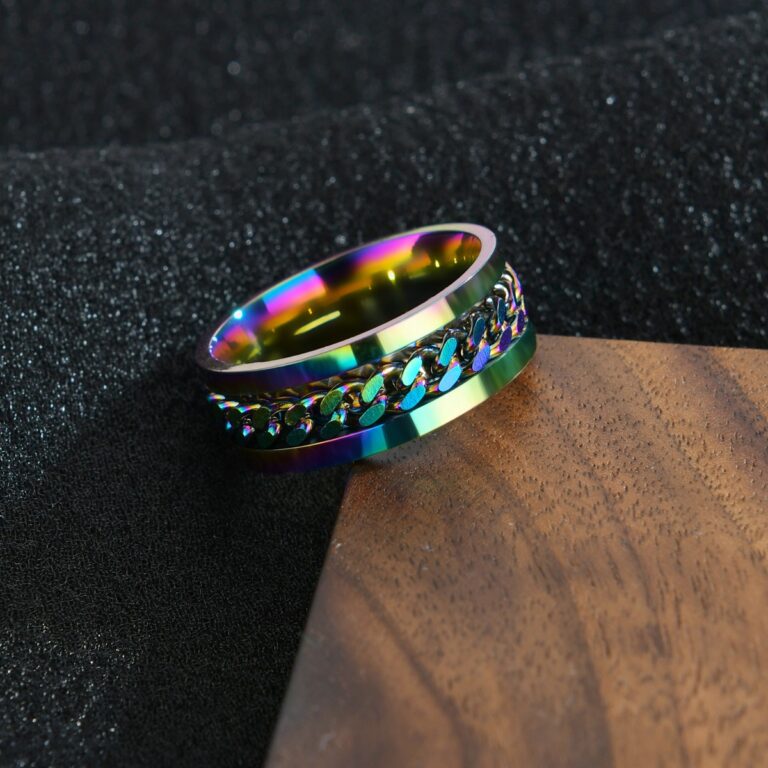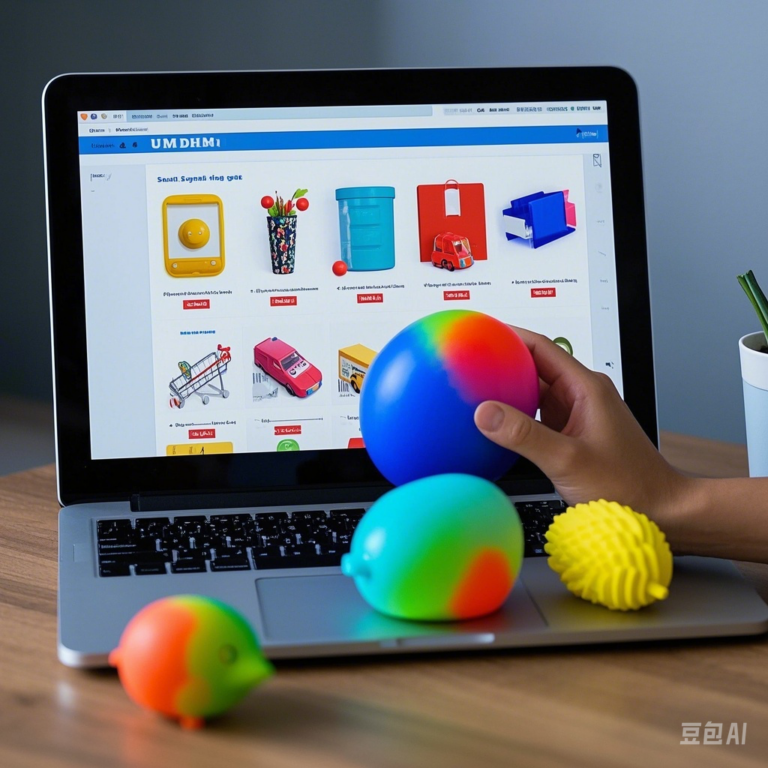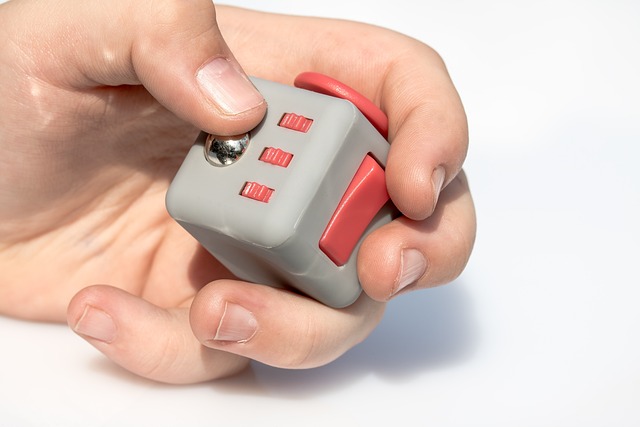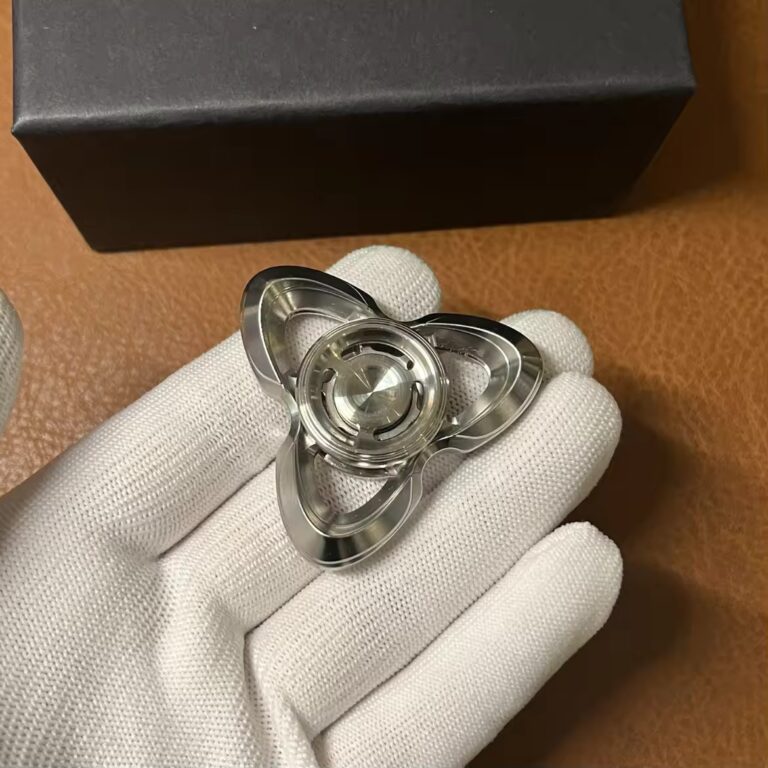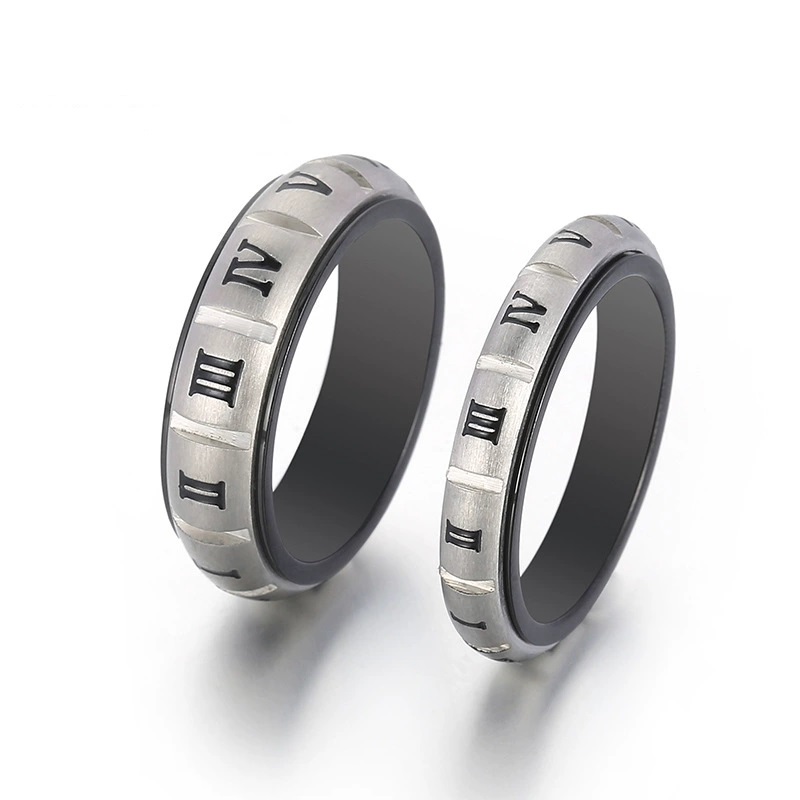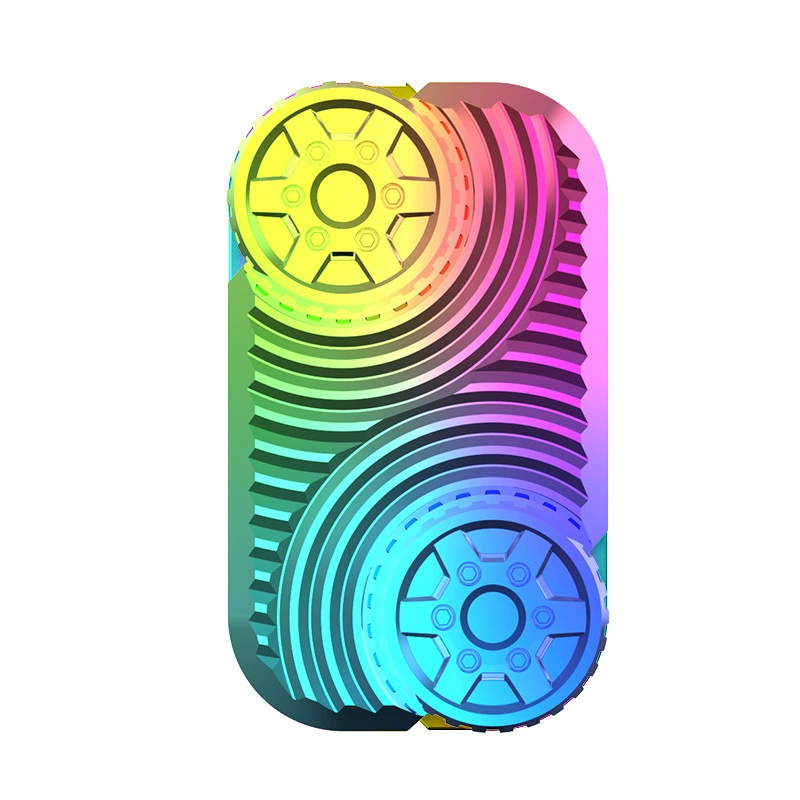-
Shenzhen City, GuangDong Province, China
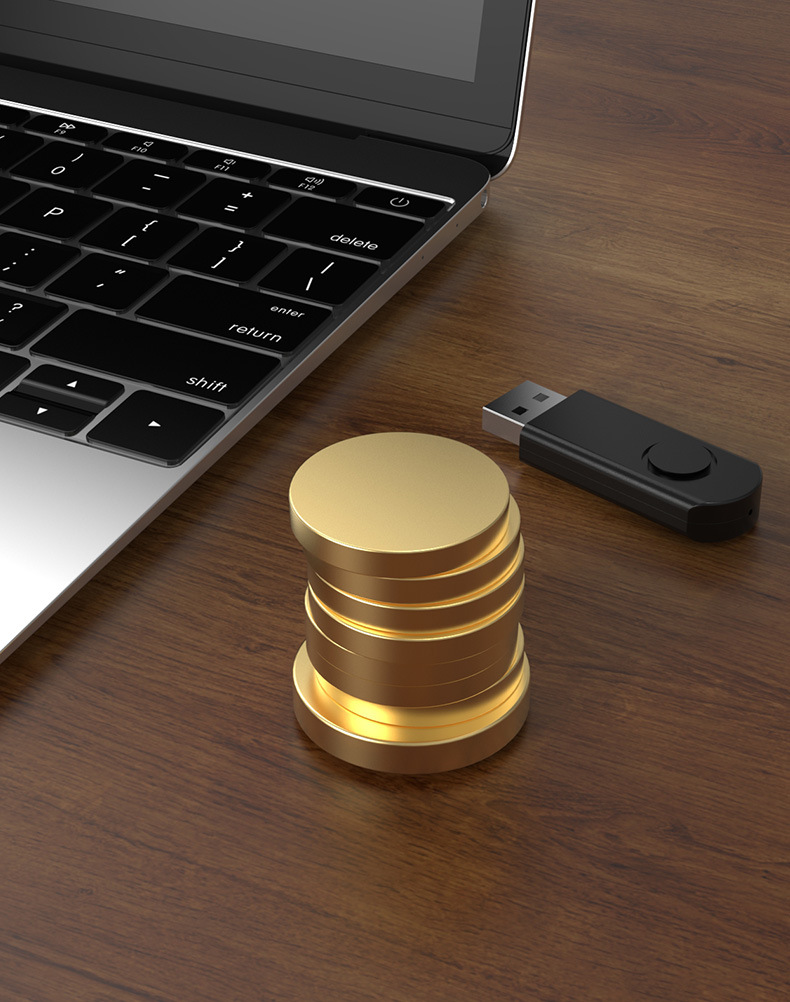
What Are Fidget Toys?
What Are Fidget Toys? A Fun Guide
Do you ever feel wiggly? Do your hands want to move? Fidget toys can help! These are small toys you can hold and play with. They help you feel calm and focused. Let’s learn all about them!
Fidget toys are special handheld stress relievers. Think of them as focus tools. They give your hands something fun to do. This can help your brain pay attention. Many people use them for stress relief or anxiety reduction. They are like little sensory toys.
Table of Contents
What Are Fidget Toys?
So, what is the definition of fidget toys? They are gadgets you can fiddle with. You can squeeze them, spin them, click them, or roll them. They give your fingers a job. This is a type of sensory stimulation.
Why use them?
- They help with stress relief.
- They can help you focus. This is good for ADHD focus aids.
- They help with anxiety reduction.
- They give nice tactile sensory input.
Who uses them?
- Kids love them! They are great quiet classroom tools.
- Adults use them too, like office desk toys.
- People with ADHD (Attention Deficit Hyperactivity Disorder) find them helpful.
- People with Autism Spectrum Disorder (ASD) use them as autism sensory tools. They help with stimming (self-stimulation behavior) in a safe way.
- Anyone who needs anti-anxiety gadgets might use one.
These therapy toys for anxiety are small and often quiet. You can keep pocket-sized fidgets with you.
How Do Fidget Toys Work?
How do these little toys help so much? It’s about how our brains and bodies work together. This is the science of fidgeting.
Busy Hands, Calm Mind: When your hands move, it sends signals to your brain. This can help block out distractions. It helps you pay attention better. Mindful fidgeting techniques can make you feel calm. It’s like your hands take away the nervous energy. Studies from places like Harvard Health Publishing look into how fidgeting and cognitive performance are linked. Some studies show playing with toys helps people remember things better.
Sensory Input: Our bodies like feeling different things. Fidget toys have cool textures. Some are squishy, some are smooth, some are bumpy. This sensory stimulation feels good. It helps people feel grounded and less worried. Occupational Therapy (OT) often uses therapeutic sensory tools. Occupational therapists might recommend them. You can find Occupational therapist recommendations online.
Repetitive Motion: Doing the same motion over and over can be soothing. Think about spinning a fidget spinner or clicking a button on a fidget cube. This repetitive motion helps calm the brain. It’s like a gentle rhythm. It can help manage anxiety disorders or even feelings during panic attacks.
Mental Health Help: Using fidget toys is linked to better mental health. They are anti-stress toys for teens and adults. They provide a way to cope with hard feelings. They are focus improvement tools. Sometimes, they are used for mindfulness meditation practice.
Types of Fidget Toys
There are many types of fidget toys! Here are some popular ones:
- Fidget Spinners: These spin around fast! They have ball bearings inside. You hold the middle and flick the arms. Watching them spin is fun. The speed they spin is measured in RPM (revolutions per minute). Some people do fidget spinner tricks. Brands like Fluxx Labs make them. Be sure to compare fidget spinner brands.
- Fidget Cubes: These little cubes have different things on each side. Buttons to click, wheels to spin, switches to flip! Antsy Labs made the first famous Fidget Cube. There are many design variations of fidget cubes. You can even find a Metal Fidget Cube Spinner that combines two types!
- Pop It Toys: These look like bubble wrap simulators. They are usually made of silicone. You push the bubbles in, flip it over, and pop them again! They make a soft pop sound. They are like plastic popper sheets you can use forever.
- Tangle Toys: These are twisty, turny plastic chains made by Tangle Creations. You can bend them into many shapes. They are quiet and good for keeping hands busy.
- Stress Balls / Squishies: These are soft balls you squeeze. Squishy stress balls feel good in your hand. Some are filled with gel, others with foam. Brands like NeeDoh make popular squishy balls. Squishmallows are soft plush toys that some people use like big stress balls.
- Infinity Cubes: These cubes unfold and fold back into a cube shape over and over. They are often made of metal or plastic. Check out this cool Aluminum Infinity Cube! It’s a great infinity cube fidget toy.
- Chewelry: This is sensory chew toy jewelry. It looks like a necklace or bracelet, but it’s safe to chew on. Brands like Munchables make Chewelry. It helps people who need to chew.
- Kinetic Sand: This special sand sticks to itself but not to you! It feels cool and is fun to squish and shape. Kinetic sand toys are great sensory toys.
- Magnetic Fidget Toys: These use magnets! You can stack them, click them, or slide them. Magnetic cube puzzles are fun. UNIH makes some magnetic fidget toys.
- Marble Mesh Toys: A marble is trapped inside a mesh tube. You slide the marble back and forth. These are quiet fidget toys.
- Fidget Rings: Rings you wear that have a part that spins or moves. Fidget spinner rings are popular. Look at these pretty Fidget Rings For Anxiety! There are fidget rings for men and fidget rings for women.
- Clicker Toys: Simple toys that make a clicking sound when pressed.
- Fidget Pen Spinners: Pens that have parts that spin.
- ONO Roller: A smooth roller toy like the ONO Roller Fidget Toy.
- Fidget Sliders: Pieces that slide back and forth, often with magnets, like a Magnetic Fidget Slider.
- Dodecagon: A fidget toy with 12 sides, each with something different to do.
- Textured Fidget Pads: Pads with different textures to feel. Calm Strips are sticky textured strips.
- Knob-Style Fidget Toys: Toys with knobs to turn.
- Monkey Knuckle: A toy with two balls connected by a string. (Sometimes called something else too!)
- Weighted Fidget Toys: Toys that have a little weight to them for extra feeling.
You can even find DIY fidget toys online! Some people use Häkeln (that’s German for crochet!) to make soft fidgets. Even things like LEGO Fidgets exist!
Benefits of Fidget Toys
Why are these toys so popular? They have real benefits!
- Feel Less Worried: They are great anti-anxiety gadgets. Using a fidget toy can help calm you down when you feel nervous. Many adults find they help during stressful times.
- Focus Better: They are helpful focus aids, especially for ADHD. Having something quiet for your hands can help your brain listen or work. Many teachers see improvement. This links to better Executive Functioning Skills.
- Good Sensory Input: For people with Autism Spectrum Disorder (ASD) or Sensory Processing Disorder, fidget toys give the right kind of feeling. They are important autism sensory tools. Many therapists suggest them.
- Help Stop Bad Habits: Instead of picking skin or biting nails, using a fidget toy gives hands a safe job.
- Help with Fine Motor Skills: Playing with fidgets helps small hand muscles get stronger. This is part of fine motor skill development. Tools like Therapy Putty or Theraband are also used for hand exercise tools.
- Quiet Tools: Many fidgets are silent fidget devices. This makes them good quiet classroom tools or quiet fidget toys for work. They are non-distracting fidget devices when used right.
- Fun! Let’s be honest, they are whimsical stress relievers and fun to play with! They are part of current fidget toy trends. You see them on TikTok all the time in social media trends like TikTok fidget videos.
The role of fidgeting in concentration is studied a lot. Some research shows it can even help you remember things better.
Who Uses Fidget Toys?
Lots of different people use fidget toys!
- Kids:
- Kids with ADHD use them as ADHD classroom accommodations.
- Kids with Autism use them for sensory stimulation.
- Any kid might use one to help focus during study time or ease exam stress. They are great stress relief for kids.
- Adults:
- Adults use them as desk toys for adults in the office. They are good office stress management tools.
- They help during long meetings.
- People use them for remote work focus.
- They are good anxiety reduction gadgets.
- Therapists:
- Occupational Therapists (OTs) use them as occupational therapy tools. They might suggest them on resources like OTPlan.
- They are used as therapy toys for anxiety or fidget toys for OCD.
- They help people with neurodivergence.
Websites like Understood.org and the National Autism Association offer info on tools like fidget toys for ADHD and autism. The CDC Guidelines also talk about managing ADHD.
How to Choose the Right Fidget Toy
With so many types of fidget toys, how do you pick? Think about these things:
- Who is it for?
- For young kids, avoid small parts! Look for child-safe fidget materials. Check fidget toy safety guidelines. Sadly, some toys can be choking hazards for little ones. FDA-approved fidget devices are not really a thing, so check materials carefully.
- Why do you need it?
- For stress relief, maybe a squishy stress ball or Pop It.
- For focus, maybe a fidget spinner, fidget cube, or a quiet fidget toy like a Tangle Toy or fidget ring.
- Where will you use it?
- In class or work? Choose silent fidget devices or discreet fidget tools. Fidget jewelry (like rings or bracelets) can be very discreet.
- At home? Noise might not matter as much.
- What feeling do you like?
- Do you like smooth, bumpy, squishy, or clicky? Look for texture-based sensory toys. Consider fidget toy materials like silicone or plastic, or even metal toys like an ONO Roller.
Top-rated fidget toys can be found online. Look at Amazon best-selling fidgets or Etsy Handmade Fidgets. You can find budget-friendly fidget gadgets too. Maybe try a mini fidget toy first. Some people even make DIY fidget toys.
Think about durable fidget gadgets if they will be used a lot. Make sure you know how to clean fidget toys.
Consider alternatives too! Sometimes doodling vs. fidgeting is debated. Desk doodle pads or Pilot FriXion Pens might help focus. Other focus tools include Diamond Painting crafts or listening to apps like Focus@Will. Even Play-Doh or WikkiStix can be sensory tools. Some desk toys are just for fun, like Kinetic Desk Toys or a cool Desktop Suspended Gyroscope.
Common Questions (FAQ)
Here are quick answers to some questions:
Are fidget toys effective for ADHD?
Yes, many people and studies find they help improve focus for ADHD.
Can fidget toys help with anxiety?
Yes, the repetitive motion and sensory input can be very calming for anxiety.
Are they allowed in schools?
Sometimes. It depends on the school. Many allow quiet classroom aids if they don’t distract others.
Do fidget toys improve focus or distract?
They are designed to improve focus by giving restless energy an outlet. If used quietly, they help more than distract. Some studies show they help memory.
Conclusion
Fidget toys are more than just a fidget toy trend. They are helpful sensory tools and stress relief toys. From fidget spinners to Pop Its, these handheld gadgets offer benefits like:
- Better focus, especially for ADHD and neurodivergence.
- Less anxiety and stress.
- Helpful sensory stimulation for autism.
They are used by kids and adults in schools, offices (office desk toys!), and homes. Remember to choose safe, age-appropriate toys. The global fidget toys market is big and growing, showing how many people find them useful! Whether you need a quiet fidget device for work or a fun sensory toy for play, there’s likely a fidget toy out there for you. They can be great pocket-sized fidgets or even fidget toy collectibles. Explore different types of fidget toys to find your favorite!

